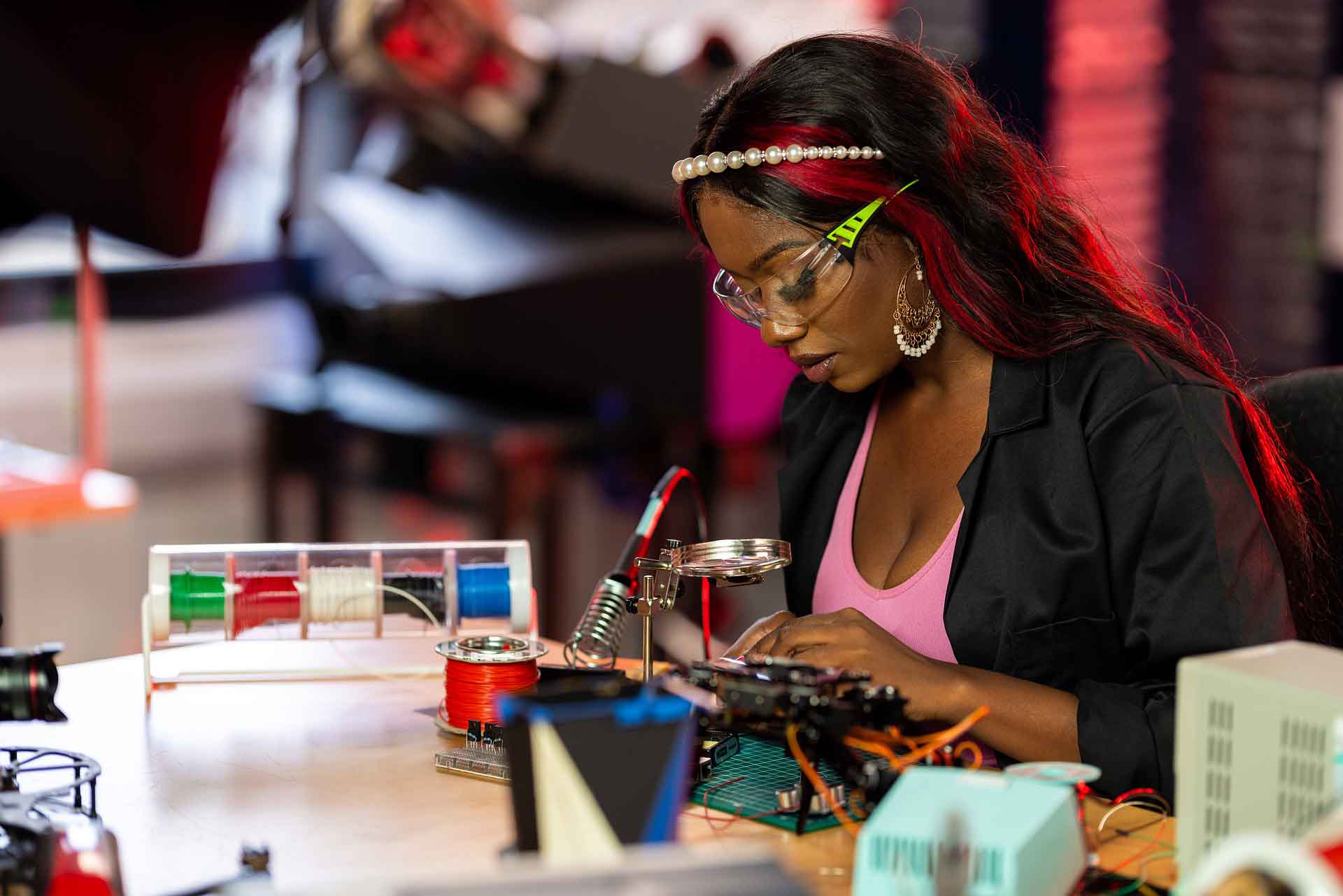In delivering ‘social science that makes a difference’ the Research Divisions, Units, Institutes and Centres of the Human Sciences Research Council (HSRC) undertake policy-oriented research from its offices in Pretoria, Cape Town, Durban, and Pietermaritzburg. Our public purpose mandate is set out in the Human Sciences Research Council Act of 2008.

The Human Sciences Research Council is currently engaged in a multi-year study entitled The Imprint of Education that aims to investigate the impact of university education on first generation graduates – both their career trajectories and their contributions to family, community and society. The study comprises a number of learning areas: (LA1) a quantitative longitudinal tracer study over five years that maps trajectories and outcomes; (LA2) an in-depth qualitative study that focuses on understanding and overcoming obstacles and enablers to graduates’ impact; (LA3) a study on what it means and what it takes to be a leader on the African continent and that provides resources to African universities to help students develop into the kinds of leaders our continent needs; (LA4) a wide ranging engagement with experienced scholars and thought leaders on the kinds of universities we need to ensure a continent able to deal with its challenges and take its place in the world; and (LA5) a study on the structural barriers that may hamper livelihood generation and economic participation for young people in Africa.
Commissioned artworks: Youth Livelihoods Virtual Museum
Ref: LA5 | Artwork
Background
Learning Activity 5 of The Imprint of Education study looks closely at the structural barriers to livelihood generation and economic participation for young people in Africa. As part of this, young African researchers currently based at the HSRC on a two-year fellowship are working to produce a Virtual Museum of Youth Livelihoods on the continent. The museum will include podcasts and research papers produced by the fellows, across a range of topics such as African economic history, urban-rural divides, climate change, gender, conflict, amongst others.
The virtual museum will have 4 narrative-based main rooms, with additional subsections to each room. Proposed themes for rooms include: (1) Time and Change; (2) Place and Space; (3) Bodies and (4) Money. These themes are employed as prisms to better understand challenges and opportunities for youth livelihoods on the continent.
We are looking for artists from the African continent under the age of 35 to contribute artwork on the broad topic of the working lives of young Africans, for inclusion in the virtual museum, to enhance its visual appeal.
We are open to all formats i.e. drawing, painting, a series of photographs, performance, video works etc. Additionally, we are also open to proposals for digital art. The artist is however responsible for filming or photographing the work in high resolution (at least 5mb) so that it can be uploaded onto the virtual museum and for submitting it in an appropriate format (images: png or .jpg files; videos: mp4, m4d, avi, or .mov files; photospheres: png or jpg files; 3D models: glb format or 3D sketches on SKETCHFAB).
Instructions for submission
Interested artists should please submit a 2-page proposal for one artwork (in the case of photography a series of photographs is permitted, minimum of 5 photographs in the series). More than one proposal per person is allowed. Proposals should consist of:
- A brief (2-page) CV
- Your understanding of the Youth Livelihoods Virtual Museum (max. 250 words)
- Which room (Time and Change; Place and Space; Bodies; Money) would you like to contribute a work to and why (max. 250 words)
- Description of proposed work (max. 500 words or 4 images)
- A cost estimate for the production of the work (maximum R20,000 per artwork; in the case of photographs to stipulate how many photographs in the series – minimum 5- and the cost, also R20,000 maximum)
- Images of or links to previous work (4-5 images)
- A biographical note (written in the third person and suitable for publication) that includes your motivation for contributing, your age, gender and country of origin (500 words)
Evaluation
The adjudication criteria will be based on originality, quality, technical competence, strength of the concept, previous work, as well as a balance of gender and geographic location of potential contributors.
Contract
Artists will be expected to enter into a copyright agreement, stipulating that copyright ownership will belong to the artist but granting the HSRC a non-exclusive, royalty free licence to use the artworks for the purposes of the virtual museum, in HSRC documents and publications. Artists should also be comfortable having their profiles included in the virtual museum as contributors.
Closing date and enquiries
Enquiries and proposals (submitted as one pdf file) should be sent to Dr Adam Cooper (acooper@hsrc.ac.za) and Sindi-Leigh McBride smcbride@hsrc.ac.za
The closing date for proposals is 23 September 2022. Applicants will be notified of the outcome of their proposal by 1 November 2022. Due date for submission of artwork is 31 January 2023.


